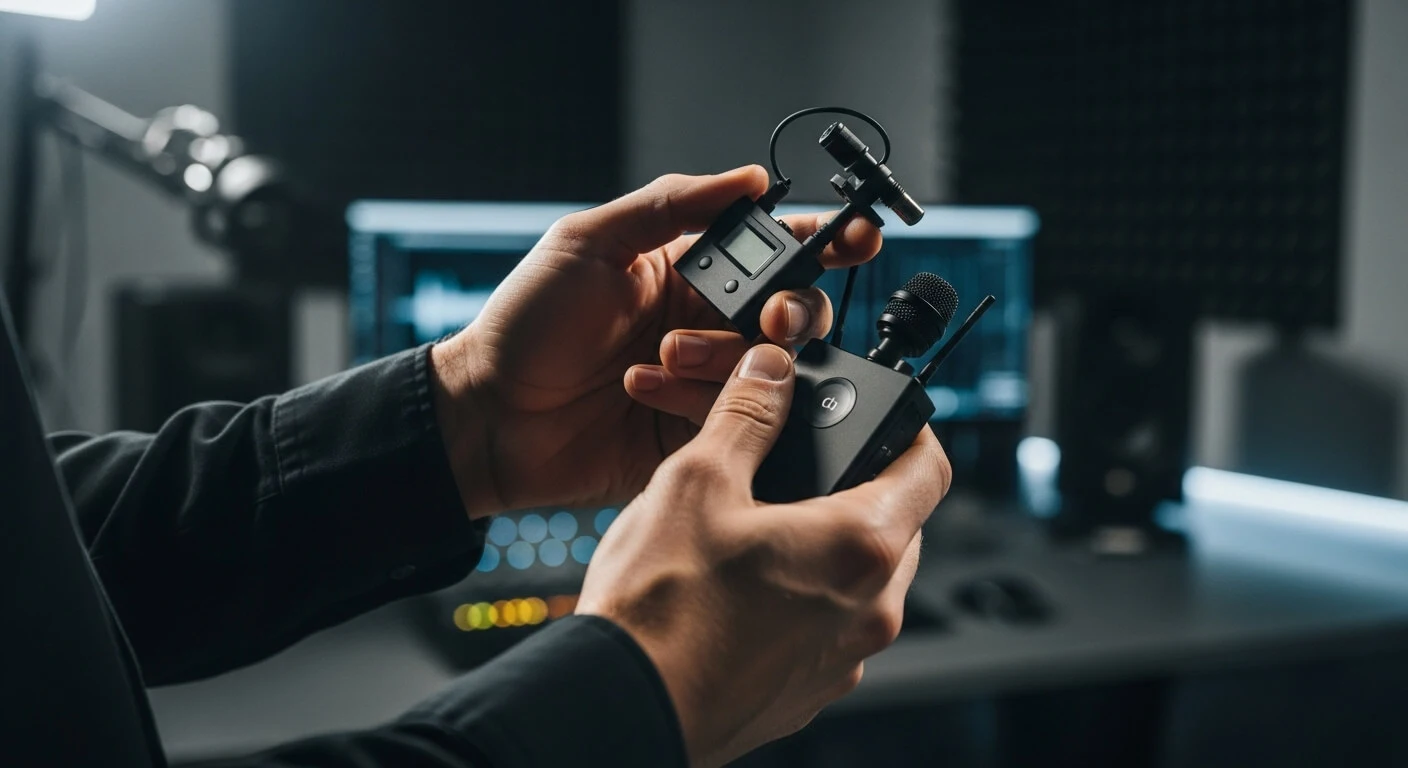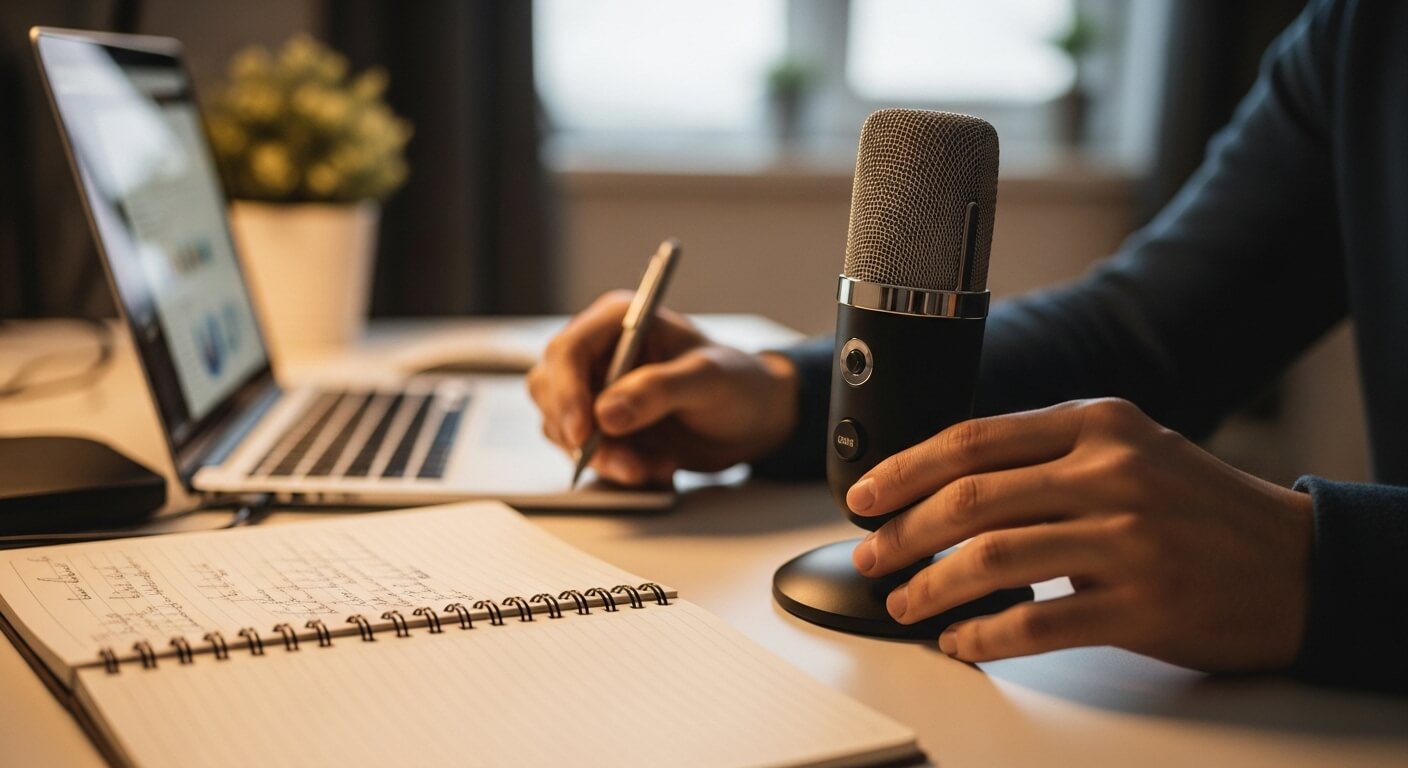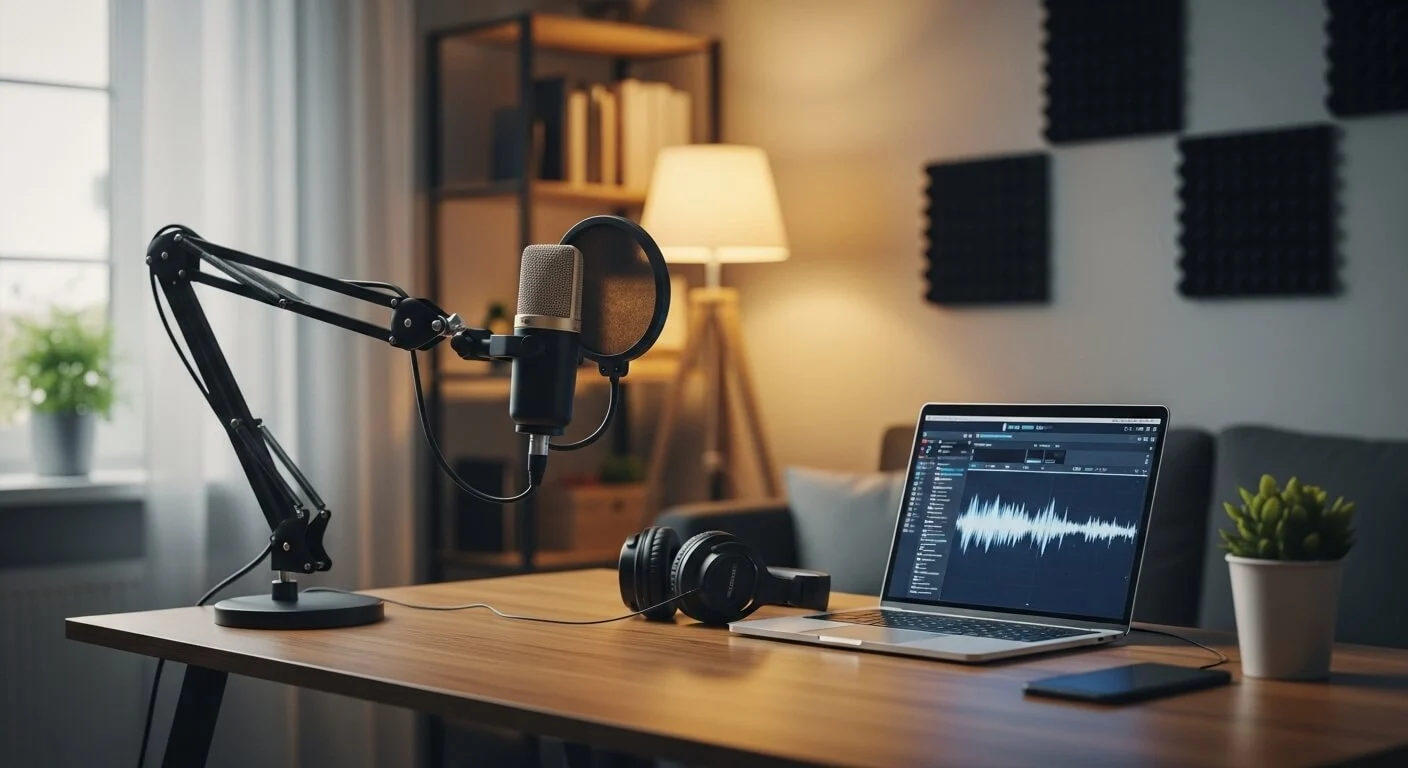Starting a solo podcast is an exciting journey, but your message can only land if your audio is crystal clear. Your voice is your brand, and a muffled, noisy recording can turn listeners away before they even hear your brilliant content. That’s why finding the best cardioid USB microphone for a solo podcast isn’t just a technical step—it’s the most important investment you can make in your show’s quality and growth. A great USB mic simplifies your setup, allowing you to plug directly into your computer and start recording broadcast-quality audio in minutes.
Table of Contents
Toggle3 Best Cardioid USB Microphones for a Solo Podcast
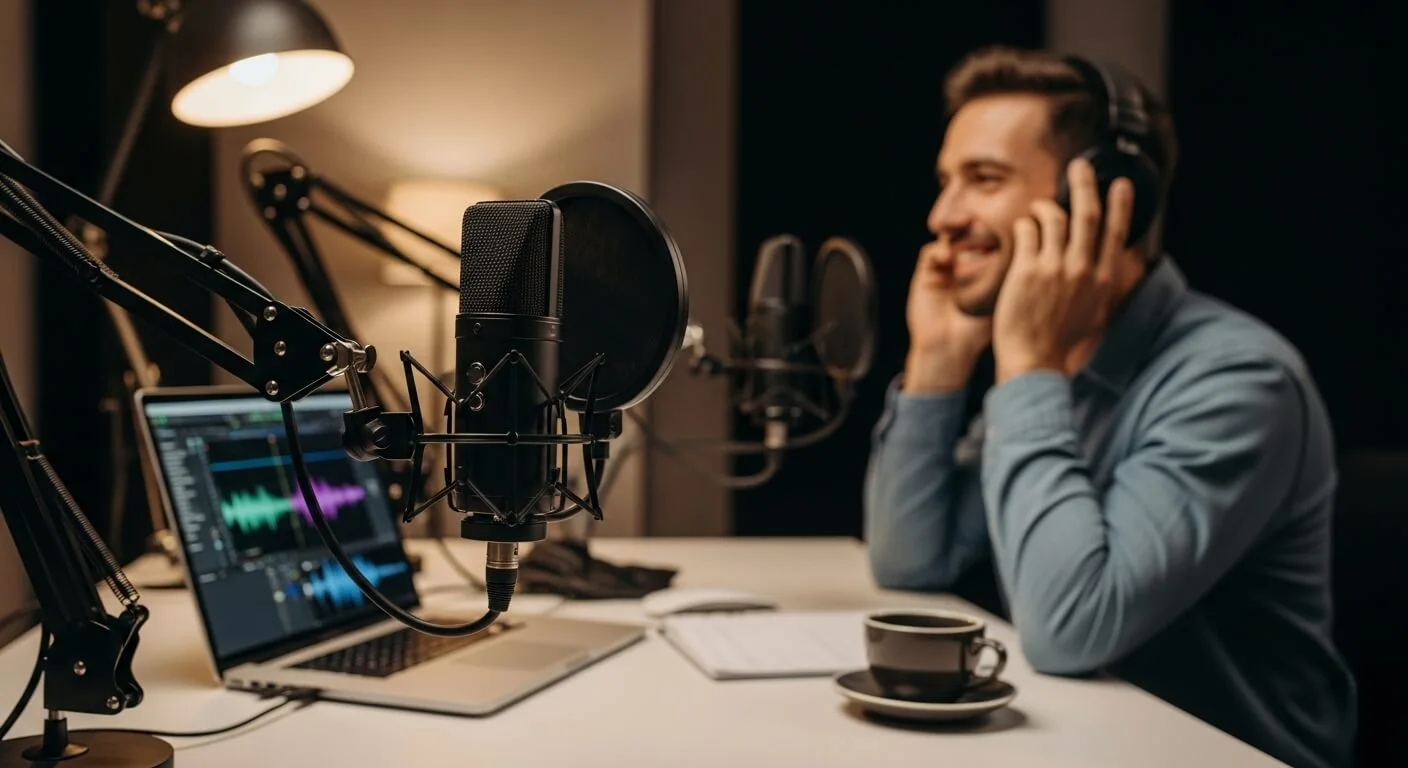
We understand that navigating the world of audio gear can be overwhelming. To help you, we’ve dedicated hours to researching the market, analyzing sales data, and sifting through thousands of verified customer reviews on Amazon. We’ve handpicked the top three best-selling USB microphones that consistently earn 4-star ratings or higher. These are the tried-and-true workhorses trusted by thousands of creators. This article reviews the top cardioid USB microphones to help you make an informed purchase and give your voice the professional sound it deserves.
Blue Yeti USB Microphone: The Versatile Workhorse
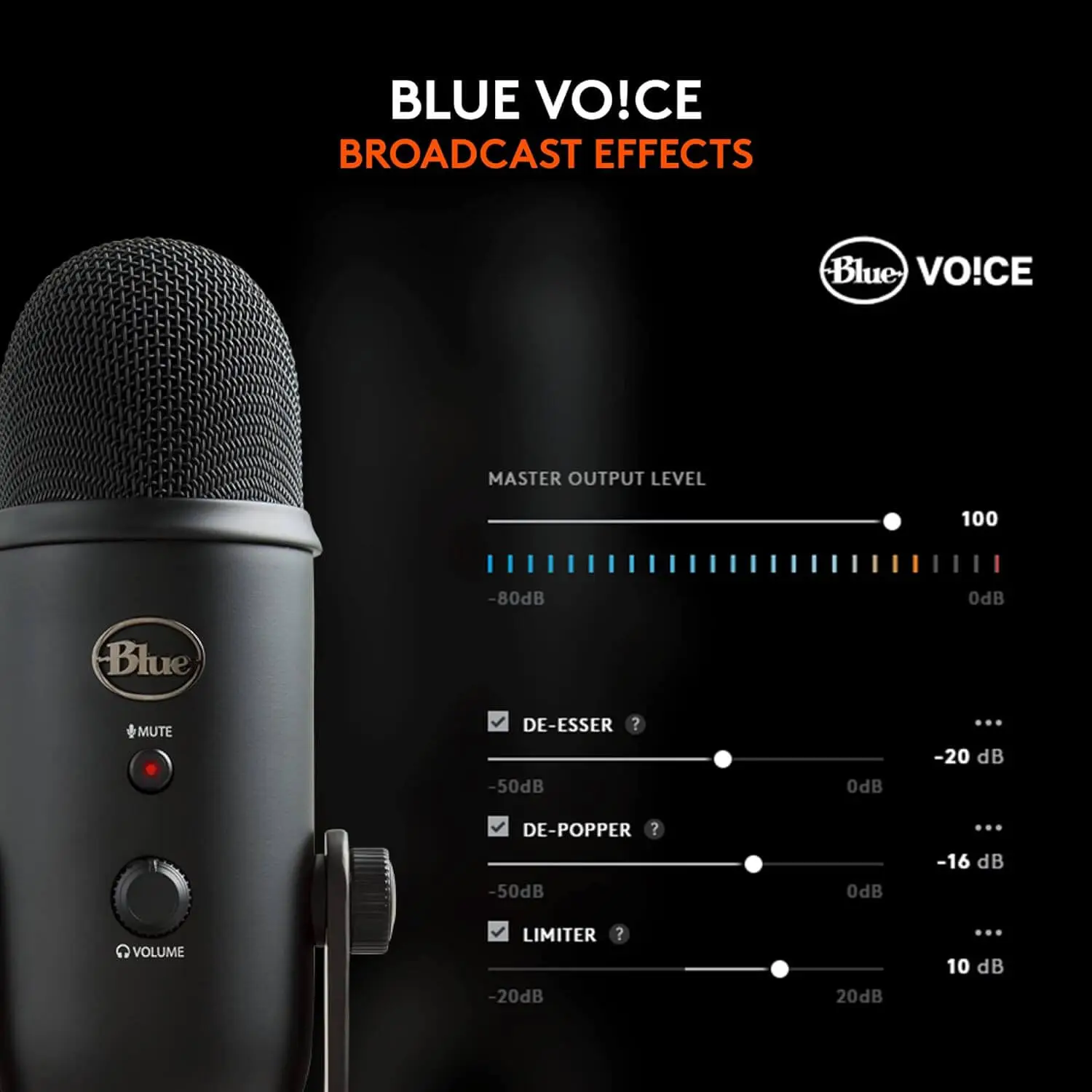
Product Link: Blue Yeti USB Microphone
The Blue Yeti is arguably one of the most iconic USB microphones on the planet, and for good reason. It’s a studio-quality condenser microphone renowned for its versatility and user-friendly design. Featuring a unique tri-capsule array, it allows you to switch between four distinct polar patterns—Cardioid, Bidirectional, Omnidirectional, and Stereo—making it far more than just a plug and play podcast mic. For a solo podcaster, its cardioid mode is king, perfectly isolating your voice while rejecting room noise.
Best Wireless Microphone for Podcasting : Expert Review
Specifications:
- Polar Patterns: Cardioid, Bidirectional, Omnidirectional, Stereo
- Sample Rate: 48 kHz
- Bit Depth: 16-bit
- Frequency Response: 20Hz – 20kHz
- Controls: Gain control, mute button, polar pattern selector, zero-latency headphone output
- Connectivity: USB
Star Rating and Review Count: 4.6 out of 5 stars based on over 60,000 reviews.
Customer Review Summary: Customers consistently praise the Blue Yeti for its exceptional out-of-the-box sound quality and dead-simple setup. One verified reviewer noted, “I plugged it in, my PC recognized it instantly, and I was recording a test track within two minutes. The sound is rich and full.” Another podcaster highlighted the cardioid pattern’s effectiveness, stating, “It focuses right on my voice and significantly reduces the sound of my keyboard and computer fan.” A common piece of advice from experienced users is to pair it with a pop filter and boom arm to unlock its full potential, as some found the included stand can pick up desk vibrations.
Pros:
- Excellent sound quality for the price point.
- Four polar patterns offer incredible versatility for future projects (interviews, group discussions).
- Onboard controls for gain and muting are extremely convenient during recording.
- Plug-and-play simplicity with both Mac and PC.
- Built-in headphone jack for real-time audio monitoring.
Cons:
- Can be quite sensitive and pick up background noise if gain is too high.
- The included desktop stand is heavy but can transfer desk bumps and vibrations.
Personal Insight: As someone who has helped numerous friends set up their first podcasts, the Blue Yeti is my go-to recommendation for beginners. Its power lies in its flexibility. You might start as a solo podcaster, but what if you decide to interview a guest? Just switch to bidirectional mode. It’s a microphone that grows with you, making it a smart and safe investment.
Audio-Technica AT2020USB+: The Studio Standard, Simplified
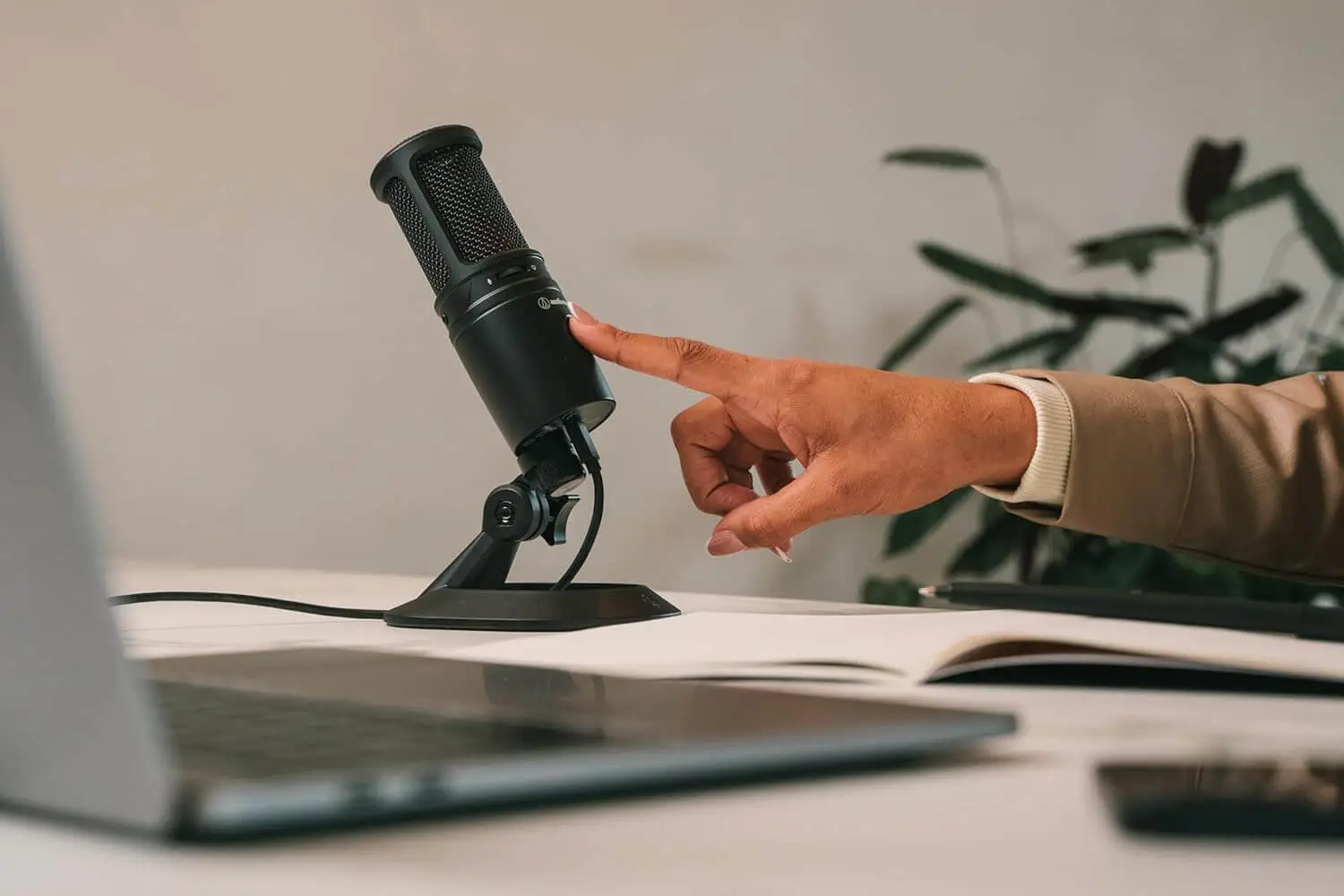
Product Link: Audio-Technica AT2020USB+
Audio-Technica is a legendary name in the professional audio world, and the AT2020USB+ brings their studio-quality sound to your desktop. This microphone is designed for one thing: capturing pristine, detailed vocals. It features a fixed cardioid polar pattern, making it a specialist tool for the solo creator. If you’re looking for a clear sounding USB microphone for streaming or podcasting that delivers richness and clarity without extra frills, this is a top contender.
Specifications:
- Polar Pattern: Cardioid
- Sample Rate: 44.1/48 kHz
- Bit Depth: 16-bit
- Frequency Response: 20Hz – 20kHz
- Controls: Mix control, headphone volume control, zero-latency headphone output
- Connectivity: USB
Star Rating and Review Count: 4.7 out of 5 stars based on over 10,000 reviews.
Customer Review Summary: The overwhelming sentiment from reviewers is admiration for the AT2020USB+’s professional-grade sound. Many users who upgraded from more basic mics were “blown away by the clarity and detail.” One voice-over artist commented, “This mic captures the nuances in my voice that other USB mics just miss. It has that warm, broadcast sound.” A recurring positive point is its excellent rejection of off-axis noise. However, a few users mentioned that it requires a pop filter to manage plosives (harsh ‘p’ and ‘b’ sounds), which is standard for most condenser microphones.
Pros:
- Exceptional, studio-quality sound clarity and warmth.
- Fixed cardioid pattern is excellent for voice isolation in untreated rooms.
- High-quality A/D converter ensures detailed audio capture.
- Mix control allows you to blend microphone audio with pre-recorded audio.
- Durable, all-metal construction built to last.
Cons:
- Lacks a physical gain knob on the microphone body (must be controlled via computer).
- A pop filter is practically a mandatory accessory.
Personal Insight: For the solo podcaster who is serious about audio quality from day one, the AT2020USB+ is a fantastic choice. It forgoes the multiple patterns of the Yeti to double down on providing the best possible cardioid mic for single voice recording. The sound profile is crisp and professional, making your voice sound commanding and present with minimal post-production editing. It’s the definition of a workhorse mic.
Shure MV7 USB Podcast Microphone: The Professional’s Choice
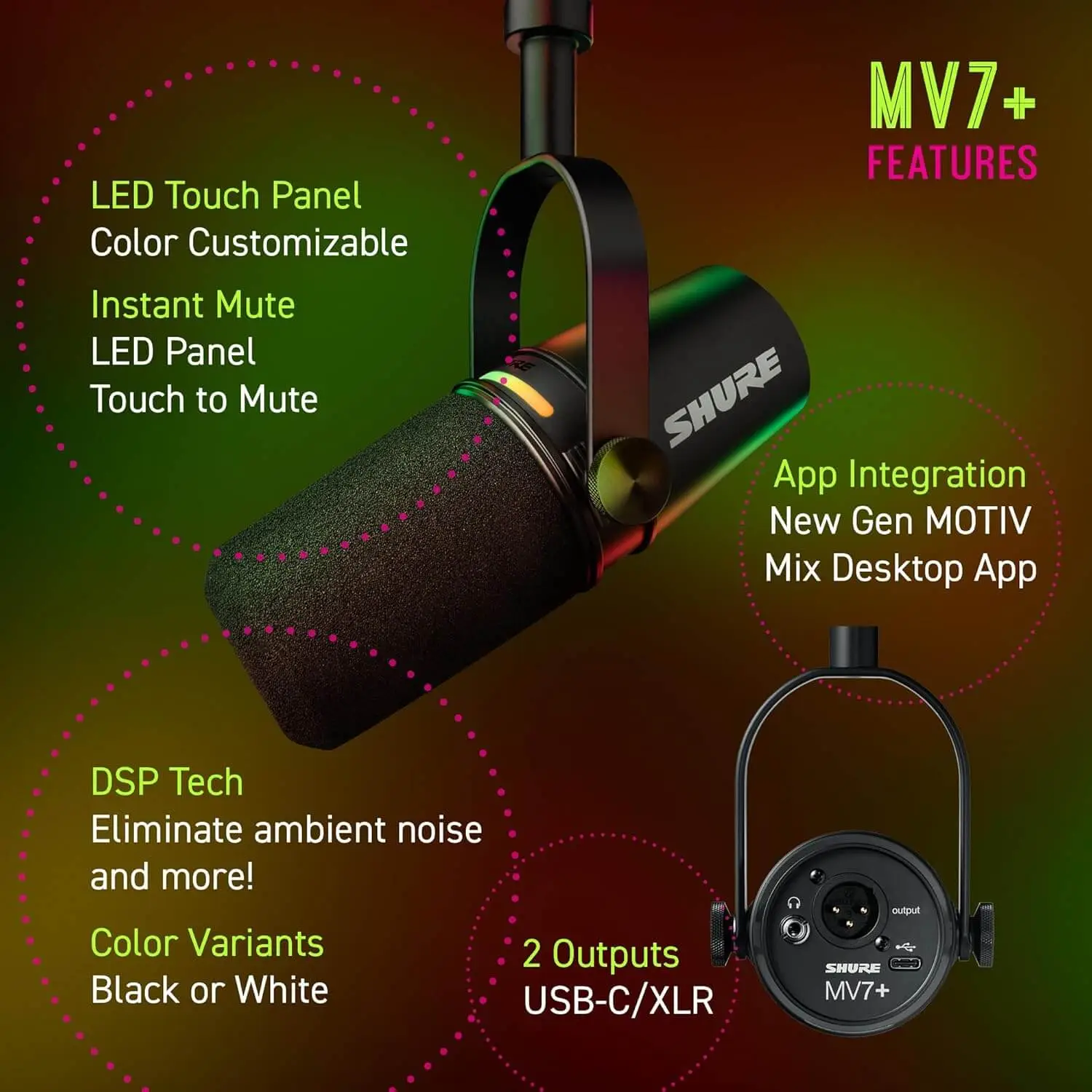
Product Ling: Shure MV7 USB Podcast Microphone
Inspired by the legendary Shure SM7B—the microphone used by the world’s biggest podcasters and broadcasters the Shure MV7 is a hybrid USB/XLR dynamic microphone designed for creators who demand the best. Its unique “Voice Isolation Technology” makes it incredibly forgiving in less-than-perfect recording spaces. The MV7 is a dynamic microphone, which is naturally better at rejecting background noise than condenser mics, making it a top-tier choice for a solo podcaster recording at home.
Specifications:
- Polar Pattern: Cardioid
- Sample Rate: 48 kHz
- Bit Depth: 24-bit
- Frequency Response: 50Hz – 16kHz
- Controls: Touch panel for gain, headphone volume, monitor mix, and mute
- Connectivity: USB & XLR
Star Rating and Review Count: 4.7 out of 5 stars based on over 6,000 reviews.
Customer Review Summary: Reviewers rave about the MV7’s broadcast-ready sound and its ability to deliver professional results in any environment. “My recording space is far from soundproofed, but this mic makes it sound like I’m in a professional studio,” one podcaster wrote. The dual USB/XLR output is a massive selling point, with many users appreciating the “future-proof” design. A streamer noted, “I started with USB, and when I upgraded to a GoXLR, I just switched to the XLR output without having to buy a new mic.” The ShurePlus MOTIV app also receives high praise for its “Auto Level Mode,” which automatically adjusts gain and compression for a perfect take every time.
Pros:
- Broadcast-quality dynamic capsule excels at voice isolation.
- Hybrid USB and XLR outputs provide ultimate flexibility.
- ShurePlus MOTIV desktop app offers powerful processing and an “Auto Level Mode” for beginners.
- Intuitive touch-panel controls for easy adjustments.
- Outstanding build quality from a trusted professional brand.
Cons:
- Higher price point compared to other USB microphones.
- The frequency response is tailored for voice, making it less ideal for recording instruments.
Personal Insight: The Shure MV7 is the microphone I recommend to anyone who is committed to podcasting for the long haul. The initial investment is higher, but its performance and versatility justify every penny. The ability to tame a noisy room is its superpower. For a solo podcaster who doesn’t have a treated studio, the MV7’s Voice Isolation Technology is a game-changer, saving you hours of audio cleanup in post-production. It’s a professional tool that delivers professional results.
Comparison: Which USB Microphone is Right for You?
Choosing between these three excellent microphones comes down to your specific needs and budget. Here’s a quick breakdown to help you decide.
| Product | Best For | Key Feature | Price Range | Rating |
| Blue Yeti | Beginners & Versatility | Four Selectable Polar Patterns | $$$ | 4.6/5 |
| Audio-Technica AT2020USB+ | Audio Purists & Vocals | Studio-Grade Sound Clarity | $$$ | 4.7/5 |
| Shure MV7 | Serious Podcasters & Longevity | Hybrid USB/XLR & Voice Isolation | $$$ | 4.7/5 |
If you’re just starting and want a flexible microphone that can handle any recording situation you throw at it, the Blue Yeti is your best bet. If your sole focus is capturing the highest quality vocals for your solo show and you appreciate a pure, uncolored sound, the Audio-Technica AT2020USB+ is the clear winner. If you’re ready to invest in a professional, broadcast-level microphone that will grow with you from a USB setup to a full XLR interface, the Shure MV7 is the ultimate choice.
Conclusion: Elevate Your Voice, Elevate Your Podcast
Your voice is the heart of your solo podcast, and choosing the right microphone ensures it’s heard with the clarity and professionalism it deserves. The Blue Yeti, Audio-Technica AT2020USB+, and Shure MV7 all stand out as the best on Amazon for a reason—they are backed by stellar ratings, thousands of positive reviews, and a proven track record of helping creators sound their best.
Each offers a unique path to achieving broadcast-quality audio, whether you prioritize versatility, pristine sound, or professional-grade noise rejection. By selecting any of the microphones on this list, you’re not just buying a piece of equipment; you’re investing in your podcast’s success.
Frequently Asked Questions (FAQ)
1. What is a cardioid microphone and why is it good for solo podcasts?
A cardioid microphone captures sound primarily from the front while rejecting sound from the sides and rear. This pattern is ideal for a solo podcaster because it focuses on your voice and minimizes unwanted room echo, keyboard clicks, and other background noise.
2. Do I need a pop filter for my USB podcasting mic?
Yes, it is highly recommended. A pop filter is a screen that sits between you and the microphone to reduce or eliminate “plosives”—the harsh popping sounds created by letters like ‘p’ and ‘b’. It’s a cheap accessory that makes a huge difference in audio quality.
3. What’s the difference between a USB and an XLR microphone?
A USB microphone is a plug-and-play device that connects directly to your computer’s USB port. An XLR microphone is an analog mic that requires an audio interface or mixer to connect to your computer, offering more control but a more complex setup. The Shure MV7 uniquely offers both connections.
4. How do I make my USB microphone sound better?
Beyond using a pop filter, record in a quiet, furnished room to reduce echo. Position the microphone 4-6 inches from your mouth, slightly off-axis. Use a boom arm to position it perfectly and isolate it from desk vibrations. Finally, use your microphone’s zero-latency headphone jack to monitor your audio as you record.
5. Is the Blue Yeti still a good microphone in 2025?
Absolutely. While newer microphones have entered the market, the Blue Yeti’s combination of sound quality, versatility with four polar patterns, and ease of use keeps it a top recommendation, especially for those new to podcasting or who need a multi-purpose mic.
6. Can I use these microphones for streaming or singing too?
Yes, all three microphones are excellent choices for streaming and recording vocals for music. The AT2020USB+ is particularly well-regarded for its detail in capturing singing, while the Shure MV7 and Blue Yeti are staples in the streaming community.
7. Which microphone is best for a noisy, untreated room?
The Shure MV7 is the clear winner for noisy environments. As a dynamic microphone with built-in Voice Isolation Technology, it is specifically engineered to reject background noise and focus solely on the speaker’s voice, making it extremely forgiving in rooms without acoustic treatment

